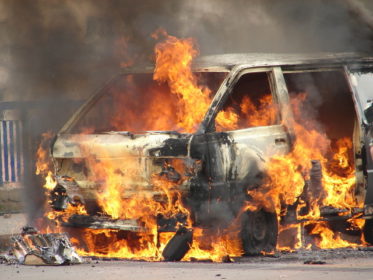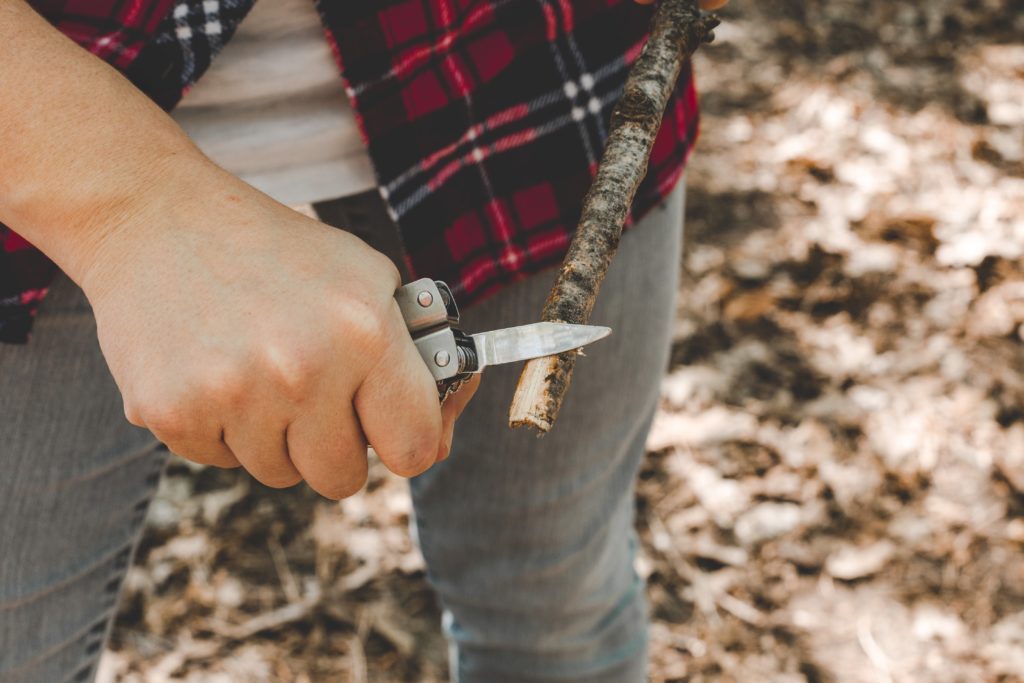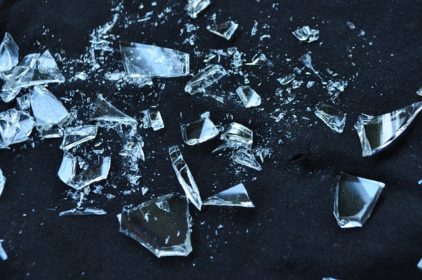School discipline may sometimes not make sense. But what if a student is up for suspension or expulsion from their elementary, middle, or high school for possession of a “dangerous object?” What is a “dangerous object” at schools? Well, for the schools, which will kick students out for practically anything, it may depend on how the “dangerous object” is used.

What is a Dangerous Object In the First Place?
I have not found a real definition of what “dangerous object” is for purposes of the Education Code. Even for the Penal Code (the code about criminal acts), this definition seems to be lacking. Let’s turn to traditional sources.
Dictionary.com states that the definition of “dangerous” is:
full of danger or risk; causing danger; perilous; risky; hazardous; unsafe. able or likely to cause physical injury
Their relevant definition of “object” is:
anything that is visible or tangible and is relatively stable in form.a thing, person, or matter to which thought or action is directed…
That sure clears it up.
Obvious Dangerous Objects
So, there are things that are clearly dangerous objects, such as knives, explosives, guns, controlled substances, etc. but per the California Education Code, these items are already specifically named as prohibited items at school. The catch-all exclusion of “dangerous objects” applies to everything else that a student may possess.

Knives That Are Not Really Knives Become Dangerous Objects
The “dangerous objects” prohibition is the schools “fall back” position. This can be problematic, for example when a student has a non-locking pocket knife with a blade less than 3.5 inches long.
If a pocket knife does not fit the legal definition of a “knife” a school will just walk around the legal definition by suspending or expelling a student for possessing a dangerous object rather than a knife.
I object.
A student who possesses something that is clearly excluded from a code section, should not just have that item shuffled into the dangerous object section. The student should have the allegation dropped. Apparently not. Schools just slip the item into the “dangerous object” category and continue expulsion or suspension proceedings! This utterly defeats the purpose of having a legal definition in the Education Code of a knife.
Danger May Be In the Eyes of the Beholder or Based On Item Use
What is a dangerous object to you? What is it to me? What is it to a school administrator, a teacher or a student? It may be different depending on who is doing the evaluating or how something is used at school.
For example, a pencil may be a safe object in schools, but what if a student is stabbed by one? Does the pencil become a dangerous object? Schools would probably say “yes.”

What about a book written by Hitler? Is that a dangerous object? It may depend on if the book is being used in a history class, or being used to intimidate a student based on race or ethnicity. But, per the definitions above, there would be no way a book could be a dangerous object, right?
Is a broken piece of glass a dangerous object? What if a student cuts someone else with it on purpose or by accident? What if it is used in a mosaic in the high school Art class? Tough.
What about a student’s shoe, like a 5 inch high heel they use to harm someone with? This is not an inherently dangerous object, but who knows with schools.
What about food that someone shoves in another student’s mouth that could choke them? Something to think about.
It is possible how something is used by a student may cause it to be redefined as “dangerous” by excited school principals.
Parents Should Attack “Dangerous Object” Punishments For Non-Threatening Items

Parents need to strongly fight against suspensions or expulsions for items not inherently dangerous: a book, a piece of paper, a bottle which broke, a key chain, a pencil, etc.
Schools, however, may still try to crush anything into this catch-all category of “dangerous object.” For, if one student cut another student with the kids safety scissors, threw a rock across the room, dug into someone’s side with a keychain, etc. everyday things can turn into bases for student suspension or expulsion.
No, I don’t agree these items should be bases for “dangerous object” school punishments. But, this is one more place where schools may stretch definitions to discipline students, and essentially turn a student’s entire wardrobe, backpack, and collection of school items into weapons.
Then, if someone thinks everyday items were used the wrong way at school, this could potentially end with a student out on a school suspension or worse, a two semester expulsion.
Michelle Ball is an experienced student discipline, expulsion and suspension attorney working for students and parents since the 1990s throughout California. Michelle, as an education lawyer, can help students from Sacramento to Los Angeles, Tahoe to Roseville to San Francisco, defend student expulsion allegations and attack other school discipline.

